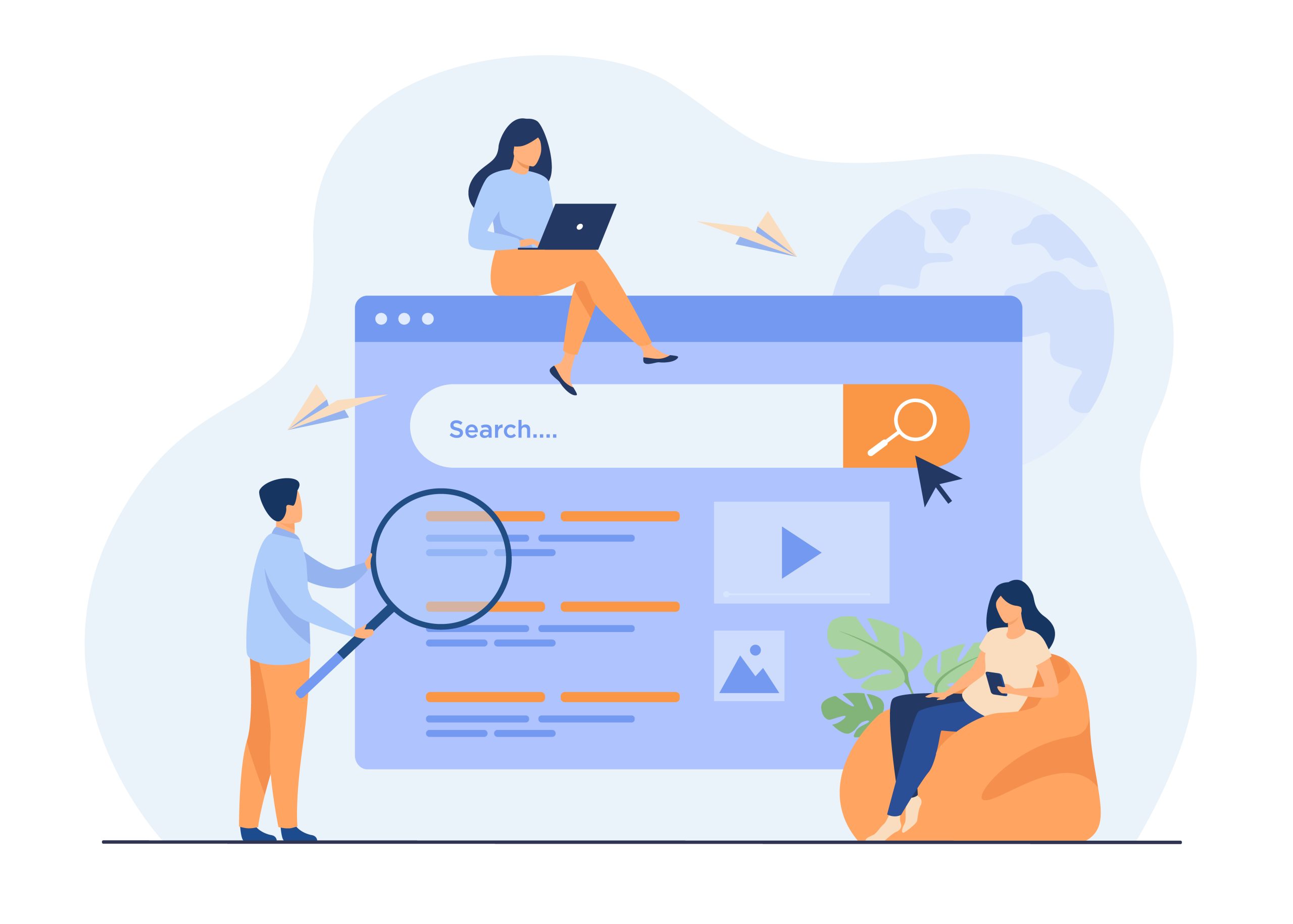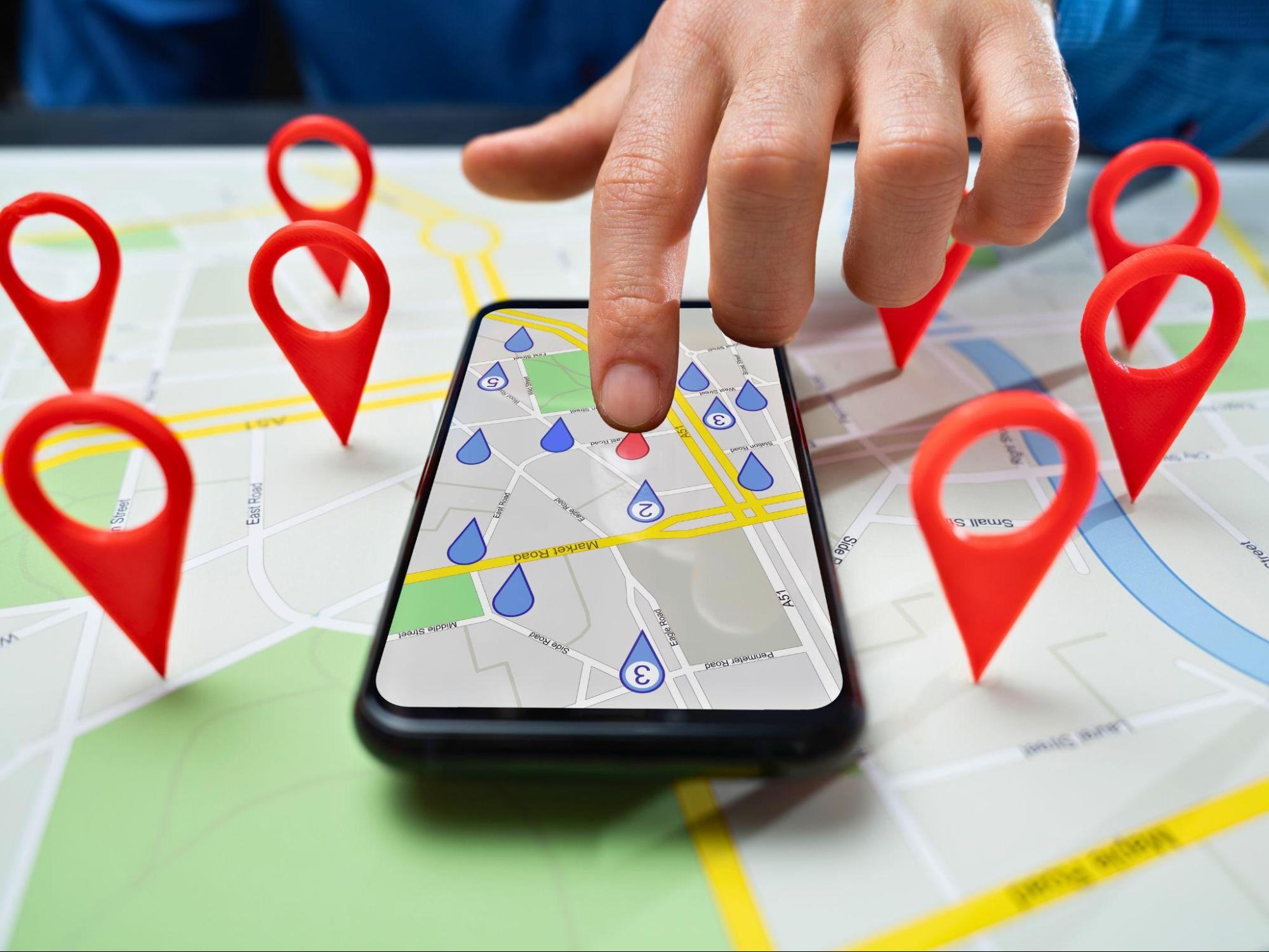How Social Listening Can Help Brands Improve Their Content Strategy
Social media listening is one of the main components of a successful online strategy. Because of the meteoric rise of the internet, content has been more cluttered than ever before and is filled with ads and promotions.
Quick Links
Almost every brand capitalizing on this trend made the online spectrum increasingly complex. That’s where social listening comes in. In a nutshell, it’s the practice of listening to online conversations that surround your brand, and it’s a valuable practice that you absolutely shouldn’t miss out on.
In this post, we’ll walk you through how you can improve your content strategy with the help of social listening:
What is social listening?
Social listening is the term used to describe the process of what others are saying about your brand online. While others might interchange social listening with social monitoring, the two differ.
Social media monitoring is tracking what’s currently going on with your social accounts. Thus, it could be limited to tracking when you’re tagged or mentioned in a platform or monitoring direct messages (DMs) for conversations.
How Social Listening Can Help Brands Improve Their Content Strategy
1. Gain new content ideas through audience feedback
Did you ever wonder how people will receive a carefully crafted piece of content you published as soon as it goes live? Well, it’s sometimes difficult to tell whether or not you’re hitting the mark based on site metrics alone.
This is where social listening comes in handy. Social media is also a content distribution channel. You can use social listening to create a two-way conversation with your audience. For instance, you may find ideas for your future content based on your audience’s pain points and insights.
You can also get feedback from your content directly from your audience. Thus, you’ll be able to know how useful and relevant it is in addressing their needs. Social listening also gives your brand an end-to-end feedback loop that lets you optimize your content strategy.
2. Identify key trends and issues
Identifying the trends and issues in your market and those customer exchanges lets you know the current and future trends. This includes the expectations of your customers and your competitors’ strategies.
You can tailor your content using these insights based on customers’ expectations. In the same way, you can also craft online that’s ahead of newly emerging topics. Moreover, you can improve your knowledge in your industry.
3. Gather insights
After gathering the information you need, the next thing that you need to do is start asking questions. Is the information new or different than what you thought previously? Does the information change the type of content that you’re currently producing?
After asking yourself these questions, you can devise a list of what you’ve found and the immediate action you need to take. Write down everything that will synthesize all the data collection so that you can come up with the next actionable steps.
4. Find great user-generated content
User-generated content is more credible than content that comes directly from brands. That’s because people look at it as a more authentic experience.
Thus, if you have trouble generating user-generated content, you may want to ask your audience to tag you online or to post with a particular hashtag. This makes it easy for you to find user-generated posts.
Some brands might even take this further by running giveaways and contests encouraging people to share user-generated content. You can give users prizes for the following:
- Following your social media platforms online
- Sharing your brand with their own set of followers
- Publishing a photo of themselves with your products and services.
Many people tend to tune out promotional content when browsing social media. User-generated content avoids that by showing your target audience that there’s a real community of people who are genuinely interested in your brand.
5. Understand your audience better
As we’ve mentioned, social listening gives insights into your target audience—their demographics, likes, dislikes, online behaviors, etc.
You must pick the right keywords to gather the needed data. For instance, you’re selling plant-based milk. Therefore, your keywords should be lactose intolerant, plant-based, or vegan. Other relevant keywords would be sustainability, cruelty-free, and green lifestyle.
6. Analyze your competitors
Analyzing your customers is one of the best marketing tactics you can use in your arsenal. Monitoring your competitors gives you a lot of insight into the type of content that attracts your audience.
However, it’s not enough to look at their posts online and try to create your own take on them. Your content shouldn’t just be good. Essentially, it has to be even better than theirs.
Social listening allows you to find the most shared social media posts, blog posts, videos, and other types of content online. This enables you to analyze the points that made them this way in the first place.
7. Boost your SEO
With social listening, you can easily keep tabs on what influencers are talking about online.
By doing so, you’ll get valuable tips from influencers regularly creating content for your audience and getting considerable engagement from them.
You can create compelling content strategies that work for your brand. In the same way, you’ll also have a much better understanding of what your audience cares about, what they aspire to, and what their pain points are. Thus, you can use this helpful information in your arsenal.
Over to You
So there you have it. Those are the ways in which social listening is essential to your content strategy. It lets you create content that speaks directly to your customers.
That way, instead of just relying on your hunch or feelings, social listening gives you a handy set of tools to help create content that attracts your target audience.
It’s almost as if you’re opening a magic box that will tell you everything you need to know how to create the perfect content that helps you get the desired results, only that it’s data-driven.
Top 10 Magento 2 SEO Extensions to Boost Your Store’s Visibility
SEO is the key to a successful store! Have you ever given thought, if your store is simply…
0 Comments12 Minutes
How to Optimise Your PPC Campaigns with AI
As the methods of Internet marketing evolve, Pay-Per-Click (PPC) advertising remains one of the…
0 Comments10 Minutes
Putting Cybersecurity Under the Spotlight: How Security Audits Strengthen Your Defenses
While organizations understand the importance of cybersecurity, there is an opportunity for many…
0 Comments12 Minutes
How Marketing Agencies Can Choose the Best High-Performance SEO Tools
High-performance SEO tools combine comprehensive features, durability, speed, and accuracy. They…
0 Comments9 Minutes
Simplify the Running of Your Business With These Tips
Finding enough hours in the day to tackle all the jobs on your to-do list can be a major issue…
0 Comments4 Minutes
Best SEO Practices for Multi-Location Businesses
Businesses operating across multiple locations benefit from unique opportunities but also face…
0 Comments7 Minutes
Unveiling the 7 Essential Components for an Exceptional Website
Even a beginner can identify what makes a good website, but when it comes to building one, things…
0 Comments8 Minutes
Top Blockchain Trends to Watch in 2024
Blockchain has time and again proved its capacity to redefine many sectors and this prediction of…
0 Comments6 Minutes








